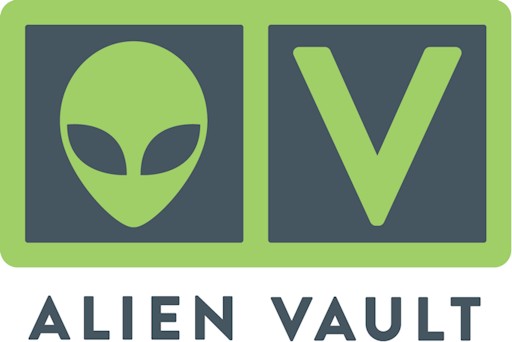
A while ago we were asked to share an Alienvault Deployment checklist. So here it is (by no means comprehensive but just to give you an idea of what you need to have)
a) All data sources listed and PIC (person in charge ready)
You have no idea how much time is actually wasted getting logs into Alienvault. As I said, as an AV implementer, we have no obligations to sort out why or how to configure data sources to send logs over to our system.
From Alienvault side, easiest way to determine if they are actually sending us stuff:
#tcpdump -Xni eth0 port 514
Assuming eth0 is your logging interface and you are sending using rsyslog. If OSSEC, then it would be 1514. If you don’t get anything, then stuff is not being sent to you.
Invariably we always end up troubleshooting for our client and its always one of these:
– routing issue
– network firewall issue
– host IDS/host firewall problem
b) VM should be set up properly
Sometimes our client expects us to troubleshoot their VMWare setup and install ESXi for them as well. This is not part of our scope of works, but again, when we go onsite, we find out that their VM environment is no where ready and we have to prep it up for them. Usually its either under resourced or not even created. Sometimes we find that they are running on a host machine that belongs in the museum rather than a DC and they insist that its good enough. Umm. 500GB hard disk and 4GB RAM? Come on.
c) IP Addresses allocation
Remember, you need to allocate the appropriate IP addresses
– Host IP address (for the VM host if you are starting scratch)
– Logging interface IP – this is where data sources send logs to
– Management Interface IP – lots of people gets confused with this and thinks this is required. You can use the logging interface as management interface. Unless you have another interface sitting in another management network, I would suggest to use the same interface as management. The problem with setting up two interfaces on the same network is that routing might get screwed up at times.
– Network Monitoring interface IP – you don’t need one. However you need to assign an interface to monitoring if you want to use IDS. By default the management interface is assigned.
d) Installation Key
If you are ready to install, make sure you have the installation key. For setup on CLI you won’t be able to copy and paste so you need to type the whole thing in. True story, we have gone to onsite before and set everything up and when it was time to enter the license key and we looked to the client, they went like “What license key?”
e) All equipment accessible
You would think this is a no-brainer, but you have no idea how many times we tried to install and client tells us, oh, we don’t have any internet access on this box yet. Doh!
f) Technical Checklist
– Before deployment, we should have the inventory list or BOM – how many servers, loggers, sensors and their locations. If its a small setup, then AIOs will do.
– List of network segments to be monitored – ensure span ports are set up and confirm how these are connected to sensors
– Full list of assets to be monitored by Alienvault. We need this and need to be careful. If there are a whole bunch of gateway proxies in that list and you have an AIO running, keep in mind that AIO processes up to 1000 EPS and I have seen proxies bunch together and get a lot more than 1000 EPS.
– Diagram of how AV is setup and distributed across networks. If they are all in the same network, then well and good. Are they traversing the internet to communicate, is VPN required between components?
– HIDS – how many, and how many on Linux and Windows?
– Vulnerability scans – are you running authenticated scans and if so do you have the correct credentials?
– Netflow – how many netflow sources are going to be integrated if you are using netflow?
– File Integrity Monitoring – do you have list of servers and directories/files to monitor?
– Baseline – do you have an idea of what baseline securities are there. For instance, your baseline for normal traffic could be “Access to critical server A is from 7 am to 7 pm Monday to Friday”. Therefore any access out of these hours are abnormal and considered an incident.
In summary, setting up a SIEM (at least for now), isn’t just plug and play and it does all the machine learning it needs to do. Alienvault has threat intelligence to assist in identifying attacks – but for fine tuning and filtering of logs, you would still need to work on it pretty much. But with a checklist in mind, hopefully you start the deployment on the right note.
Leave a Reply